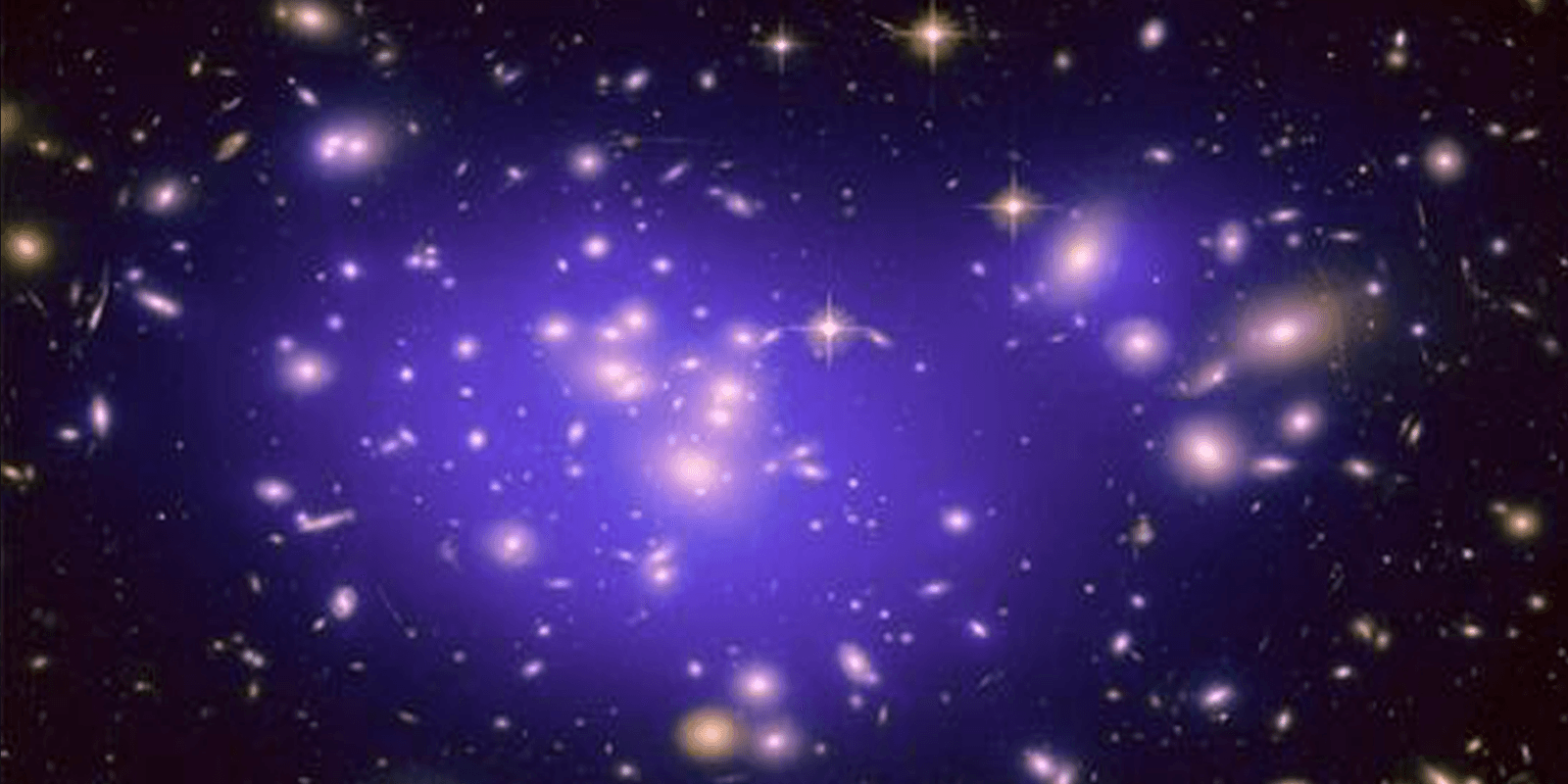Spotlight Live: Dark Matter at Long Last? Three New Experiments Ramp Up
by Kelen Tuttle
Scientists debate how close we are to identifying dark matter, discuss the status of their experiments, and answer your questions.

The Author
The Researchers
NOTE: Thanks to everyone who joined our discussion. AN INDEX OF QUESTIONS is listed below.
SCIENTISTS HAVE LONG KNOWN about dark matter, a mysterious substance that neither emits nor absorbs light. But despite decades of searching, they have not yet detected dark matter particles.
With ten times the sensitivity of previous detectors, three recently funded dark matter experiments – the Axion Dark Matter eXperiment Gen 2, LUX-ZEPLIN and the Super Cryogenic Dark Matter Search at SNOLAB – have scientists crossing their fingers that they may finally glimpse these long-sought particles.
On November 20, scientists on ADMX, LUX-ZEPLIN and SuperCDMS debated how close we are to identifying dark matter, discussed the status of their experiments, and answered your questions.
About the Participants
- ENECTALI FIGUEROA-FELICIANO - Dr. Figueroa-Feliciano is a member of the SuperCDMS collaboration and an associate professor of physics at the MIT Kavli Institute for Astrophysics and Space Research.
- HARRY NELSON - Dr. Nelson is the science lead for the LUX-ZEPLIN experiment and is a professor of physics at the University of California, Santa Barbara.
- GRAY RYBKA - Dr. Rybka leads the ADMX Gen 2 experiment as a co-spokesperson and is a research assistant professor of physics at the University of Washington.
- KELEN TUTTLE (moderator) – Ms. Tuttle is a freelance journalist with more than a decade of experience in science communications.
Your Questions
- How do we know dark matter even exists? (2:20)
- Why do so many experiments focus on Weakly Interacting Massive Particles (WIMPs)? (5:05)
- What are these other type of dark matter candidates known as Axions? (9:10)
- How likely is it that dark mater is neither Axions or WIMPs but something else, maybe WIMPzillas? (10:30)
- How likely is is that dark matter could be made up of macroscopic objects? (13:15)
- What is different about dark matter that we have so many candidates? (18:00)
- How do we detect dark matter? (21:20)
- How far reaching would a dark matter discovery be? (27:55)
- If we find dark matter, it would no longer be dark, so what would we call it? (30:15)